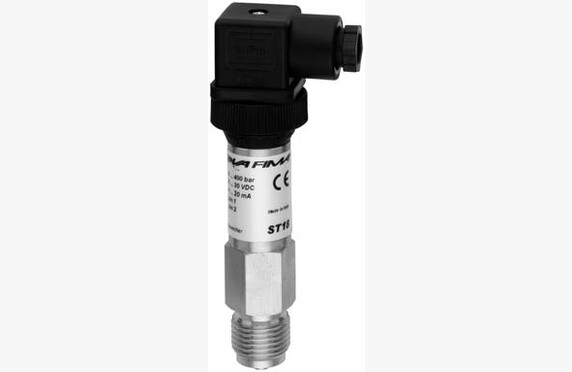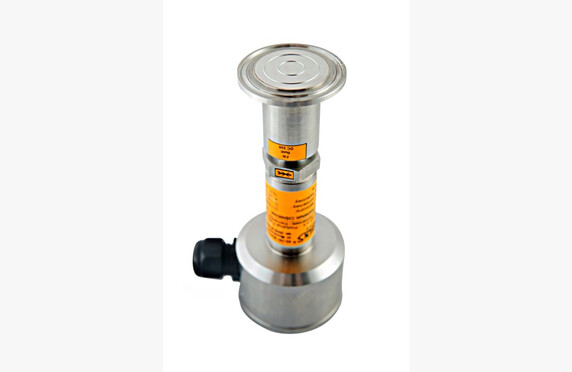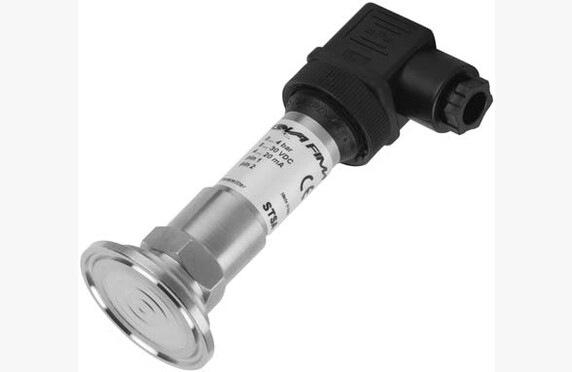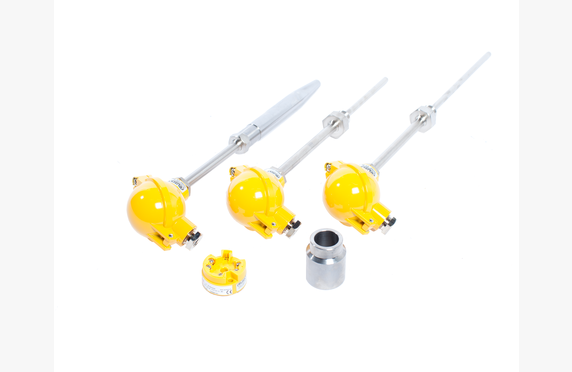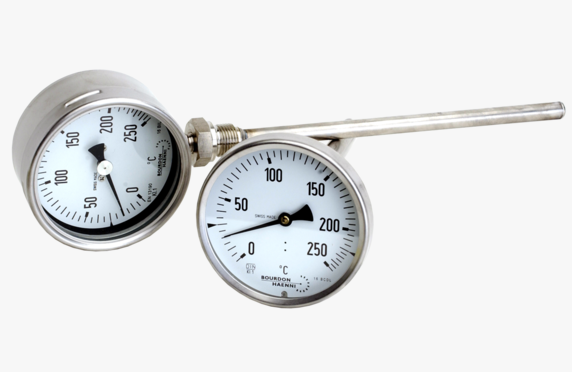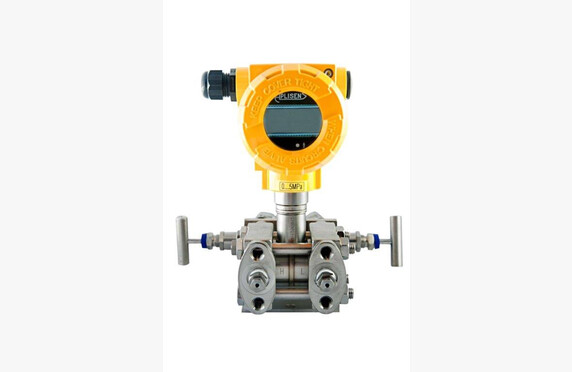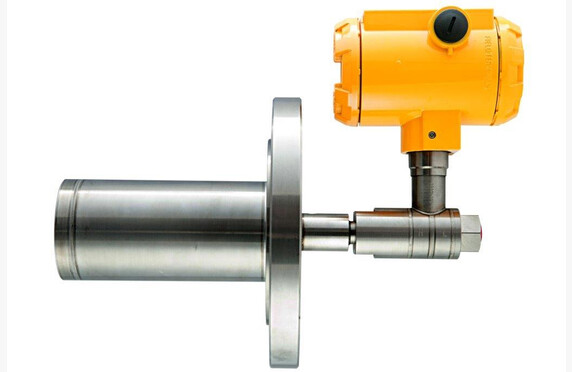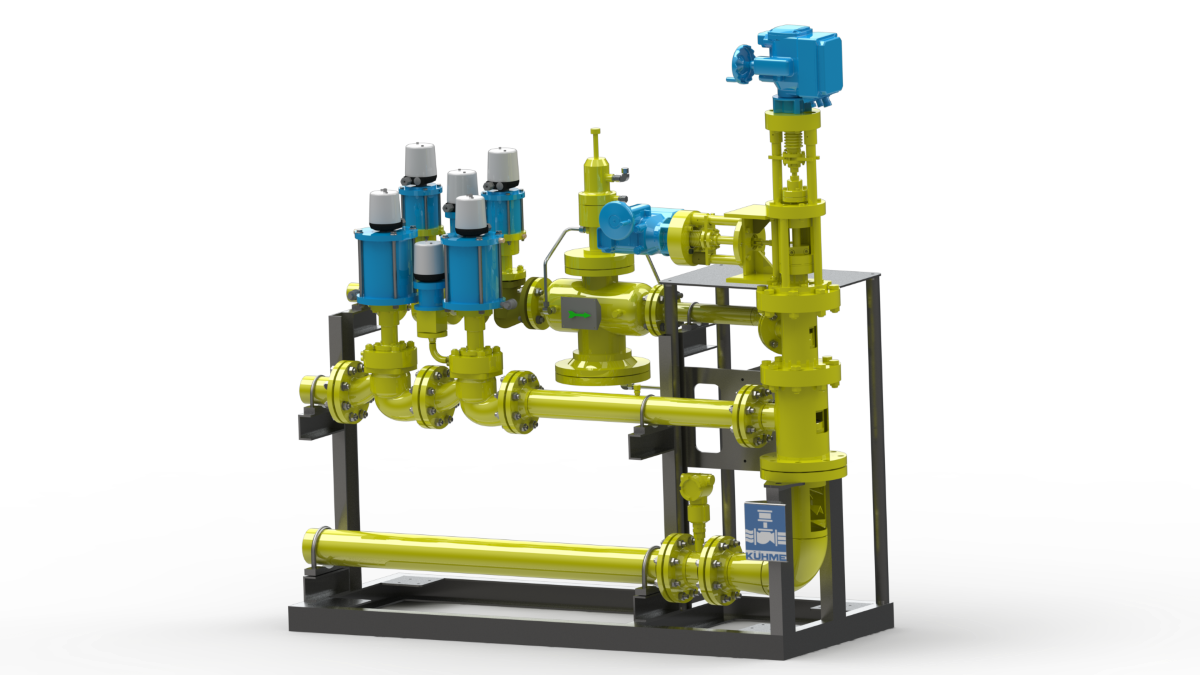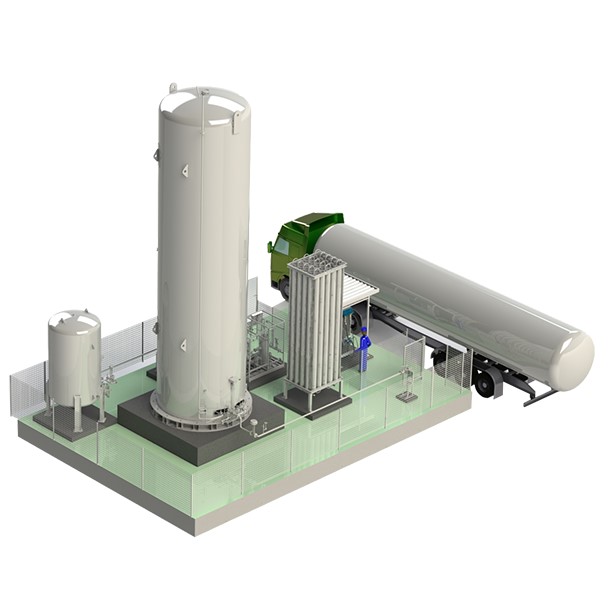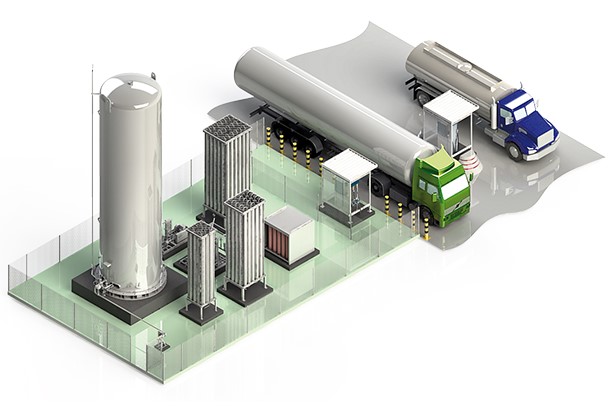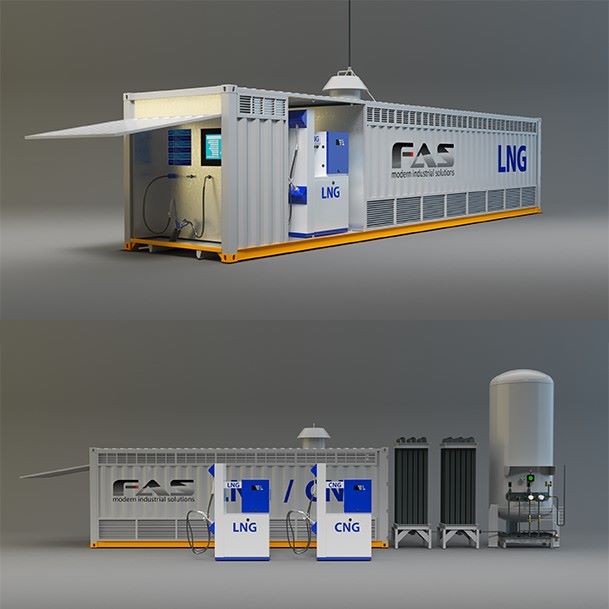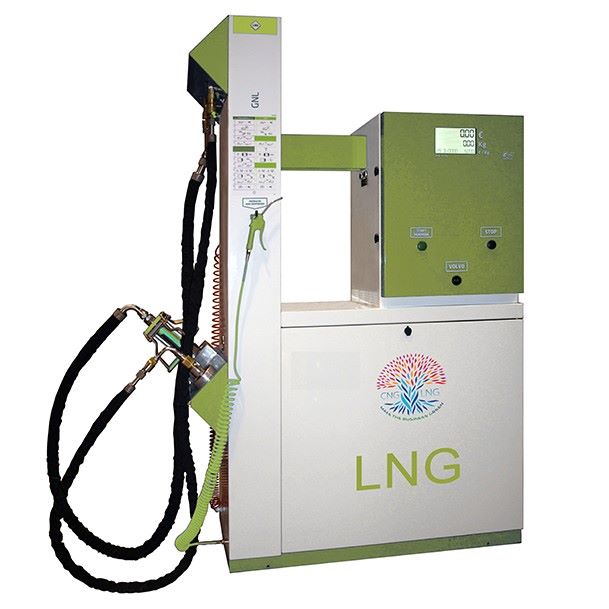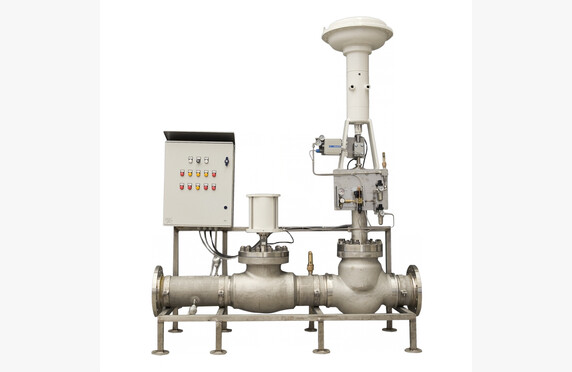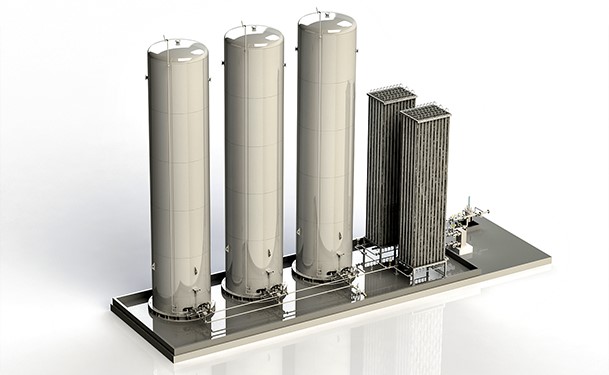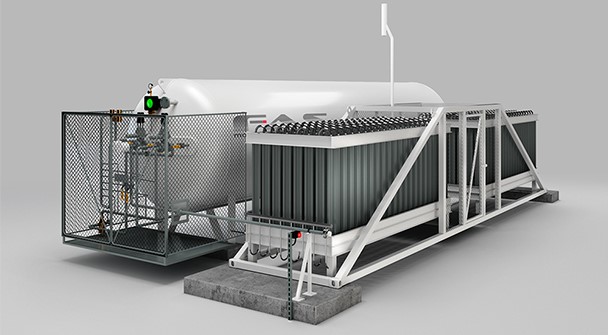Pressure transmitters
Pressure transmitters
Media
Manufacturers
Technical specifications
Pressure: up to 600 bar
Other: ATEX and SIL2/3 classifications available
Other names: pressure transmitter
What is a pressure transmitter?
The function of pressure transmitters is to convey the electrical signal derived from the system pressure to the controller, which subsequently adjusts the process in a predetermined manner. The pressure transmitter also provides the compensation and calculation unit with information on the actual pressure value, based on which the density of saturated steam is calculated or the volumetric flow of gaseous media is converted to normal cubic meters, Nm3.
Selecting a pressure transmitter
Our range includes Aplisens and Nuova Fima pressure transmitters. If the media are demanding, the Aplisens transmitters can be equipped with various diaphragm constructions. Meanwhile, Nuova Fima pressure transmitters are more cost-effective fixed-range devices.
We assist in selecting the pressure transmitter that meets the requirements of your application. Ask our contacts for more information.

